Highway 154 Remains Closed to Through Traffic Between Santa Barbara and Santa Ynez Valley for Foreseeable Future
Caltrans Adds Supports Under Road After Cracks Developed Across All Traffic Lanes on June 21

The San Marcos Pass remains closed to through traffic for the foreseeable future while Caltrans adds supports under the road to shore it up. Cracks developed across all traffic lanes on June 21, while repairs were underway to fix the edge of State Route 154, which had fallen away during the winter storms. The hard closure is between San Antonio Creek Road and Painted Cave Road, which only residents may travel. The 154 can otherwise be accessed outside those two roads. The alternate north-south route is Highway 101.
The 154 connects Santa Barbara and the Santa Ynez Valley and is used by roughly 17,000 vehicles a day on average, according to Caltrans spokesperson Genelle Padilla. The crews were working on the slip-out, or the landslide under the shoulder of the 154, when they noticed cracks in the pavement that were more than one foot deep and that the shoulder had dipped by several inches. The danger this posed of another slide caused the closure of the 154 by the next day.
A drilling rig is in place currently, working 24 hours a day to pound 30-foot “vertical shear dowels” into the earth under the road that are an inch-and-a-quarter in diameter. “Sub-horizontal anchors” 40 feet long will be drilled horizontally into the rock. These are placed in several rows more than 100 feet long to act as “walls” to slow any movement while the embankment is rebuilt.
The photo below shows similar work being done at Rocky Creek in Big Sur, although the 154 is easier as the area to be repaired is more accessible, Padilla said.
If the drilling is successful, the embankment project to fix the slip-out should allow passage along the 154 with flaggers in place for temporary road or lane closures. As of now, when the 154 will completely reopen is unknown.

Correction: The average daily traffic volume was updated to the current 17,000 vehicles, from 14,000 in 2020.


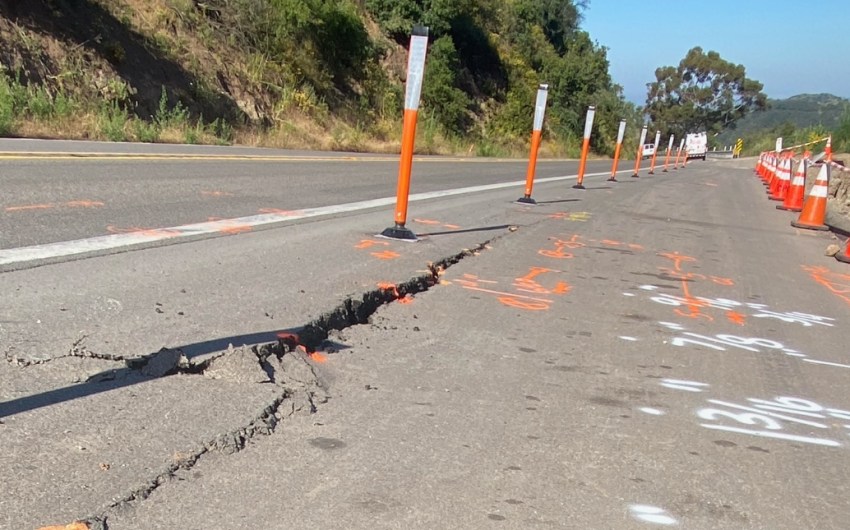
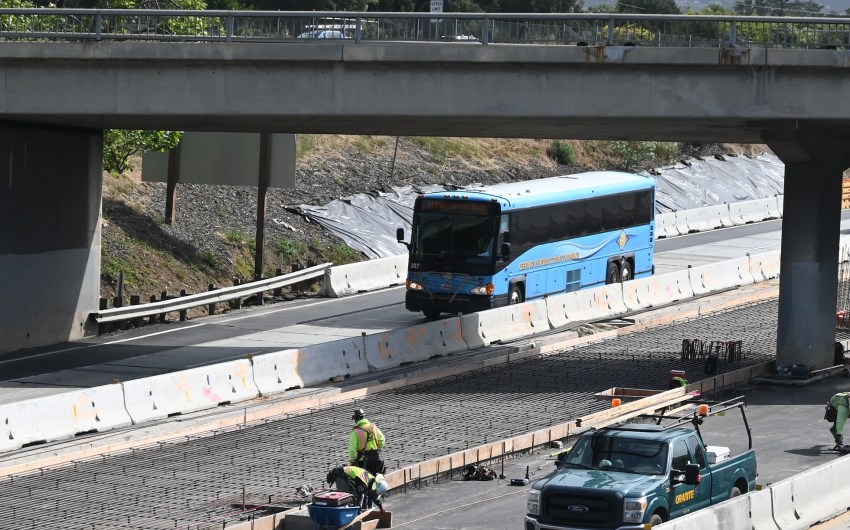
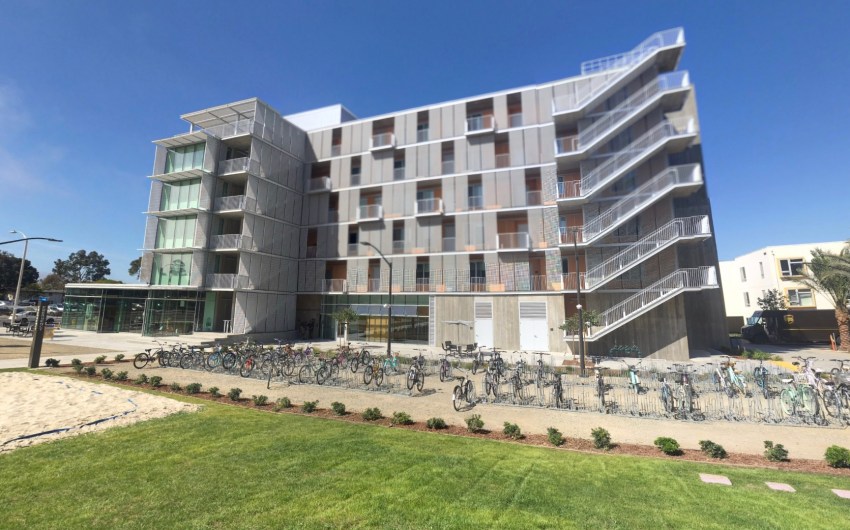
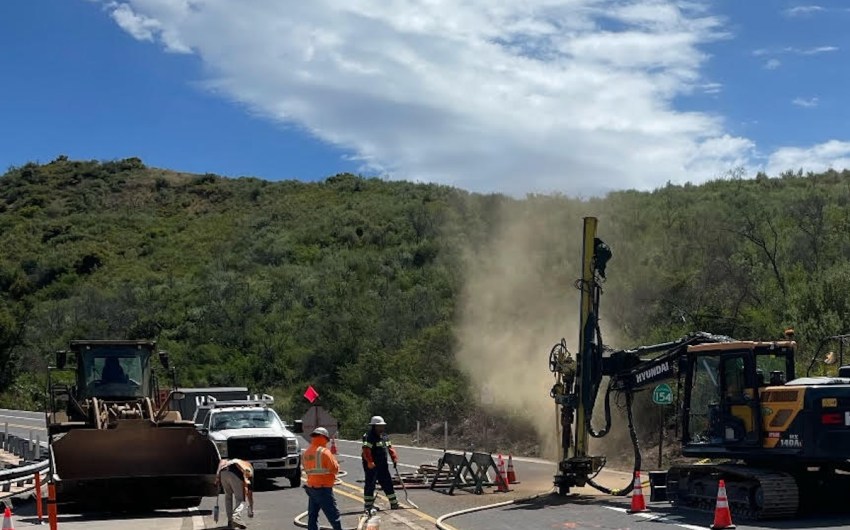

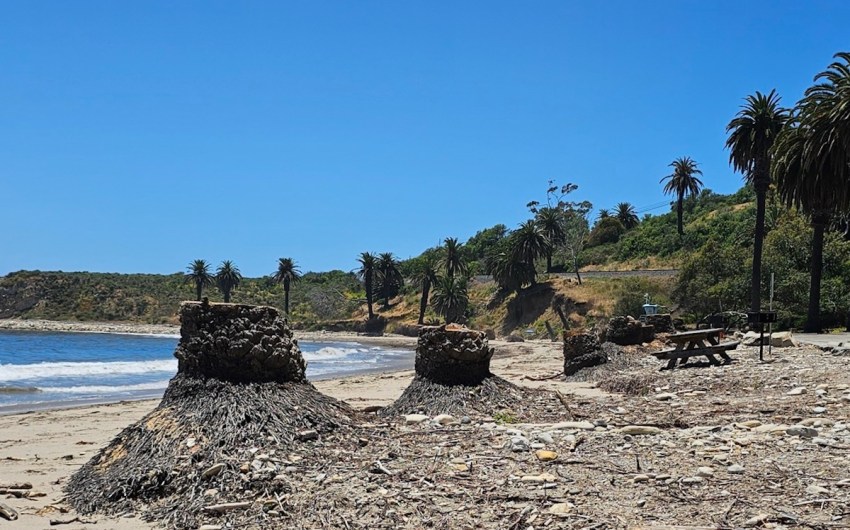





You must be logged in to post a comment.